Neighbourhood comes first and foremost India’s foreign policy priorities: Shringla
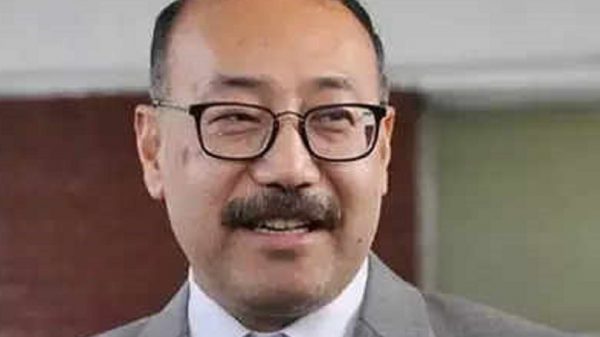
Shawdesh Desk:
Highlighting the neighbourhood that comes first and foremost amongst all of India’s foreign policy priorities, Foreign Secretary Harsh Vardhan Shringla said the only country that President, Prime Minister and External Affairs Minister have all visited since the pandemic struck has been Bangladesh.
“They did so to cement a very special relationship on the 50th anniversary of the liberation of Bangladesh and the establishment of bilateral diplomatic relations,” he said while speaking at the inaugural session of the Training Module on India’s Neighbourhood, Lal Bahadur Shastri National Academy of Administration in Mussoorie on Wednesday.
Whether it is the “India First” policy of Maldives or Sri Lanka; “Sonali Adhyay” in India-Bangladesh ties; B4B – Bharat for Bhutan and Bhutan for Bharat – spirit, he said the epithets describing India’s relations with its neighbours are not by coincidence.
“They are manifestations of our Neighbourhood First policy in action. Neighbourhood First policy has a strong economic dimension. We share a common geographic space with our neighbours. We share resources and commons. We share economic challenges. Many of our problems have the same solutions,” Shringla added.
He said Indian policies in the region lay the greatest emphasis on connectivity. “The first is connectivity. Connectivity within parts of our neighbourhood by road, by water, by rail and by air, and often by multimodal transport, has steadily improved.”
Asserting that railway linking will help in the “rapid shrinking of South Asia’s geography”, India’s Foreign Secretary announced that India and Bangladesh will soon be connected through six rail links and India and Nepal by two rail links.
As far as India and Bangladesh are concerned, five pre-1965 railway links have been revived. These include Petrapole (India) – Benapole (Bangladesh), Gede (India) – Darshana (Bangladesh), Singhabad (India) Rohanpur (Bangladesh), Radhikapur (India) – Birol (Bangladesh) with Haldibari-Chilahati forming the 5th such link.
“Those of you here from the North East would appreciate that it is now possible to travel from Kolkata to Agartala by bus via Dhaka. You would also appreciate that goods can now reach Tripura using multi-modal networks through Chittagong and through inland water routes.”
Recently, he said an inland waterways vessel carrying food grains sailed from Patna and reached Pandu in Assam. The vessel traveled from India’s National Waterway-1 to National Waterway-2 through the waterways of Bangladesh.
On electric grid connectivity, Shringla said, “Indian grid is connected to Nepal, Bhutan and Bangladesh through high-capacity connections. Trans-national movement of electricity in the neighbourhood is a reality.”
India supplies around 1160 MW of power to Bangladesh, about 700 MW to Nepal, and imports 1.8 GW from Bhutan.
Apart from this, India has been able to create 2100 MW of hydropower capacity in Bhutan and is constructing the 1320 MW Maitree Super Thermal Power Project in Bangladesh.
The top Indian diplomat pointed out that India’s “neighbourhood first policy” requires “us to be proactive in augmenting cooperation with our neighbours in capacity-building and in the implementation of projects”.
India’s Line of Credit to its neighbours have jumped from US$ 3.27 billion in 2014 to US$ 14.7 billion in 2020.
On cross-border hydrocarbon pipelines, the Indian Foreign Secretary said an India-Bangladesh Friendship Pipeline is also under construction and a LNG cross border pipeline and LNG terminal are being explored.
Speaking about maritime security, he said coordinated patrolling with Bangladesh, counter terrorism exercises with the BIMSTEC neighbours, search and rescue and pollution control operations with Sri Lanka are some examples of activity in this area. India has also assisted in upgrading security capacities and capabilities of some of its neighbours.
Ties with China and Pakistan
Shringla said the Neighbourhood First Policy, at the instance of the Prime Minister, accords the highest priority to our relations with Afghanistan, Bangladesh, Bhutan, Nepal, Maldives, Myanmar, Pakistan, and Sri Lanka.
It is these countries – with the exception of Pakistan – that we work most closely with, he added.
“We have made it clear to China that peace and tranquillity in the border areas is essential for the development of our relationship. Development of India-China relationship has to be based on ‘three mutuals’ – mutual respect, mutual sensitivity and mutual interest,” Foreign Secretary Shringla said.
“While we desire a good relationship with Pakistan, it cannot be at the expense of our security,” he added.



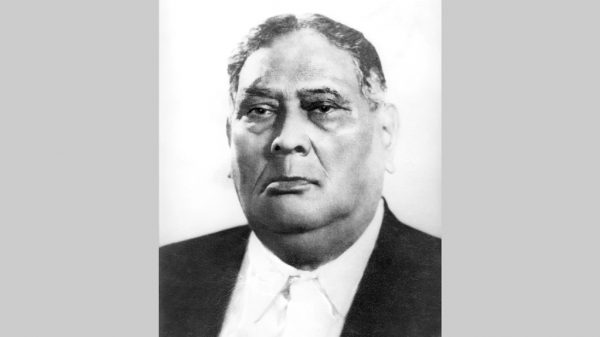
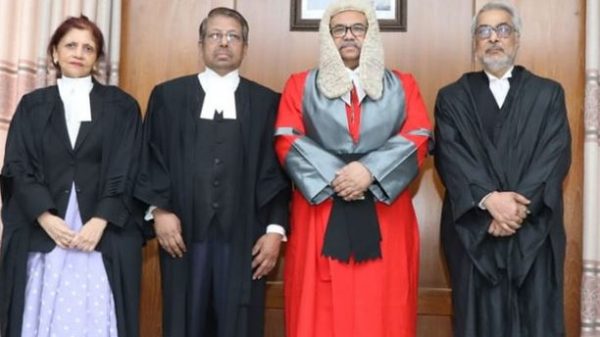

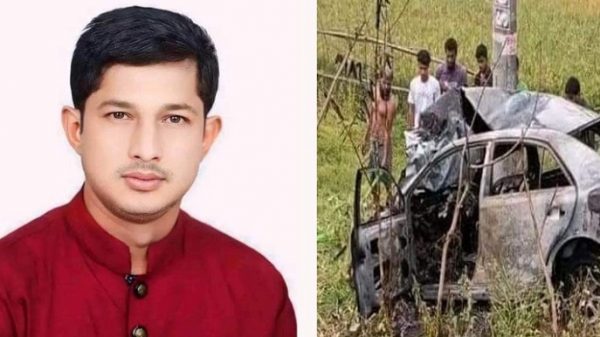



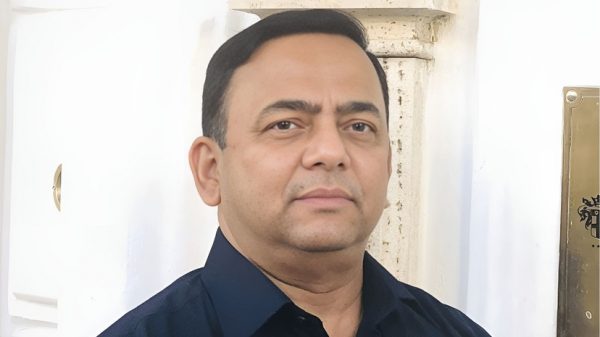
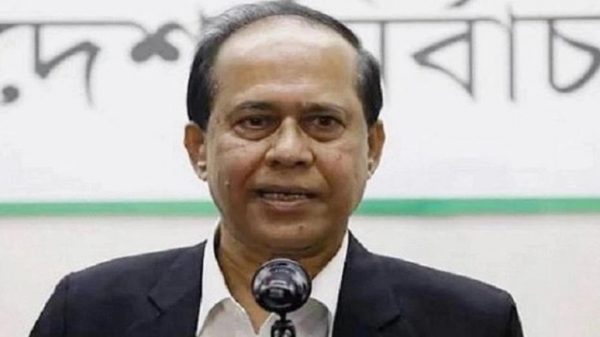











Leave a Reply